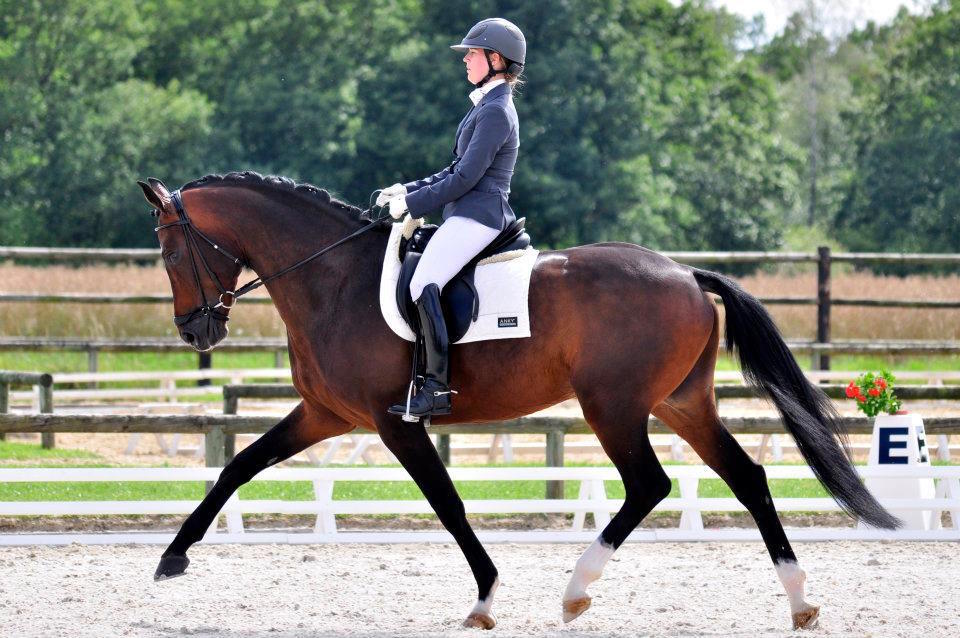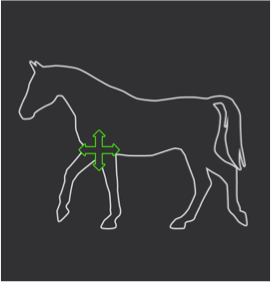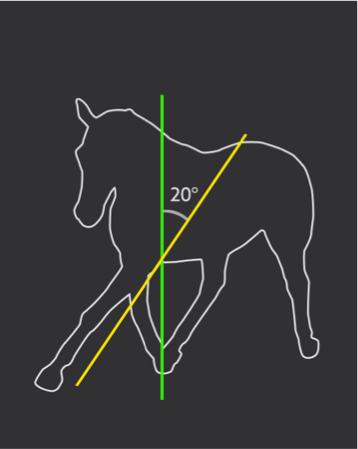

The Seaver team takes a break for the holidays
Orders placed between December 24 and January 5 will be shipped starting January 6.
Wednesday, January 4, 2017
What is motion symmetry, why is it so important and what factors can influence it?

Symmetry of movement refers to the equivalent use of both front and rear limbs. This means that the timing of the limb pose, the duration of the posture, the duration of the swing and the angle of gyration of the right forelimb are identical to those of the left forelimb. The same applies to the hind limbs. "Symmetry of movement is the sine qua non of horse training. It is also a central element in the dressage judge's assessment of a performance, who must score the gaits by evaluating their directness and regularity".
A healthy horse moving in a straight line on a flat surface should have symmetrical movements. To measure this, Seaver compares the upward and downward movement as well as the left-to-right movement of the horse's chest during the placement of each limb on the ground (figure 1). For a healthy horse, these movements should be symmetrical for each limb. "If a horse is found to be asymmetrical at the veterinary visit to an international show, it is very likely to be refused entry. If he does take the start, the horse will be penalized, particularly in lying down, where his weakness is likely to be all the more obvious. Movements revealing asymmetry will not be awarded a satisfactory mark".
However, this rule obviously only applies to symmetrical gaits such as walk, trot and amble. Petit galop and galop being asymmetrical gaits, the pose of the left foreleg will be different from that of the right foreleg (1). "A horse with asymmetrical movement is likely to be limited in many aspects of its learning and will inevitably be less competitive. Every exercise is likely to suffer from this anomaly. While movements at walk and trot will be the most affected, it may also manifest itself at canter. For example, the change of foot from left to right is likely to be different from the change of foot from right to left in terms of amplitude and/or straightness if the horse is otherwise asymmetrical.

If a horse moves symmetrically, it will carry the same weight on the left forelimb as the right forelimb, and the same applies to the hind limbs. Most lameness causes pain during weight-bearing, so when a horse is lame it will carry less weight on the affected limb to reduce pain (2). "As a rider or trainer, it's vital to be cautious about the slightest asymmetry and to consult a specialist as soon as possible. Anticipation is essential to ensure that no health problem jeopardizes the horse's well-being. You need to be able to spot the slightest anomaly, quickly identify the cause and take appropriate action. In our jargon, we'll say that the horse falls to the left. The pain is on the right. Before questioning his riding and looking at the problem from a purely technical point of view, the rider must check that his horse is clinically sound".
A threshold of around 25% asymmetry of movement is suggested to detect a problem, so a horse putting 25% less weight on one limb compared to the opposite limb could have a problem and it seems necessary to consult a vet. Seaver measures weight distribution by limb, helping you to detect a problem early. "The later a veterinary problem is considered, the more likely it is to lead to complications. Asymmetry can be missed, overlooked or misinterpreted. Being able to rely on an accurate symmetry analysis reduces uncertainty and gives you the best chance of keeping your horse in shape.
Figure 2 shows an example of a horse putting more weight on the right foreleg, indicating a lameness in the left foreleg.

In addition to lameness, other factors can influence movement symmetry. Symmetry measurements change significantly when comparing a straight-line movement with a circle. When working in a circle, horses naturally lean towards the inside of the circle at an angle of up to 20° compared to a straight position. Obviously, this means that the horse's weight will shift to the inner limbs. The angle of inclination of the horse's body also depends on the diameter of the circle and speed. Seaver can measure all these parameters, enabling data to be compared over the course of different exercises and directions. On the other hand, the angle of inclination of the horse's body can also be used as an indicator of orthopedic problems when speed and diameter are constant. If a horse experiences pain in one of its inner limbs, it will tend to lean less inward, to reduce the loading force on that limb.
Another factor that can influence the symmetry of the horse's movement is the rider's balance. If the rider does not sit upright on his horse, the latter will lose his balance and the movement will be asymmetrical.
Finally, the surface is very important. To be able to analyze the symmetry of the horse's movement correctly, the surface must be flat and even.
Valérie De Clerck
Doctor of Veterinary Medicine
*A big thank you also to Camille, dressage rider, for her participation in the writing of this article 🙂